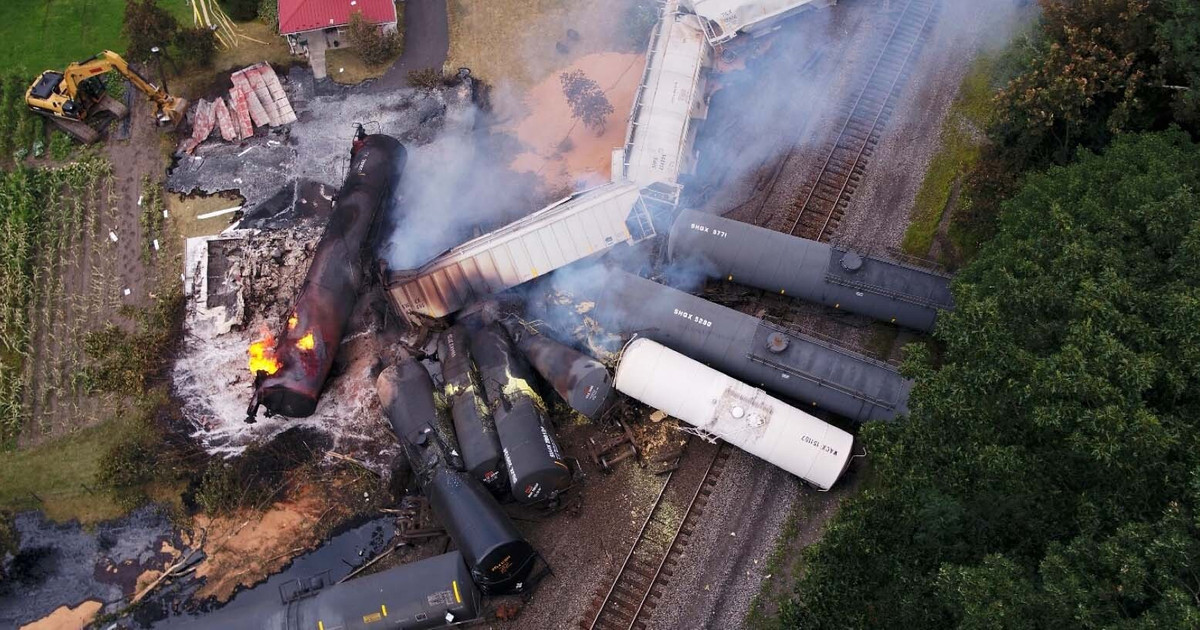ArlyA
Super Star Member
- Joined
- Mar 18, 2016
- Messages
- 13,348
- Tractor
- Outlander1000 6x6, Ego lawn mower and shopping for tractor
The RR's have seen deregulation over the years. They have also consolidated which is good for profits but bad for upkeep.
That's the problem.What, they never took a physics class?
I have seen several videos of derailments that were obviously caused by having unladen cars near the front of the train getting pushed off the track by loaded cars pushing them.Interesting article. They say one problem with trains 1~2.5 miles long is when braking, light empty cars up front get shoved off of curves if most of the weight is in the final third of the train.
The final part of the article has several examples.

The Real Reasons Long Trains Keep Derailing
Trains are getting longer. Railroads are getting richer. But these “monster trains” are jumping off of tracks across America and regulators are doing little to curb the risk.www.propublica.org
Maybe the could have a braking system that applies brakes on each car depending on it's weight and speed.Interesting article. They say one problem with trains 1~2.5 miles long is when braking, light empty cars up front get shoved off of curves if most of the weight is in the final third of the train.
The final part of the article has several examples.

The Real Reasons Long Trains Keep Derailing
Trains are getting longer. Railroads are getting richer. But these “monster trains” are jumping off of tracks across America and regulators are doing little to curb the risk.www.propublica.org
Yeah, that won't cost much.Maybe the could have a braking system that applies brakes on each car depending on it's weight and speed.
How much do you think?Yeah, that won't cost much.